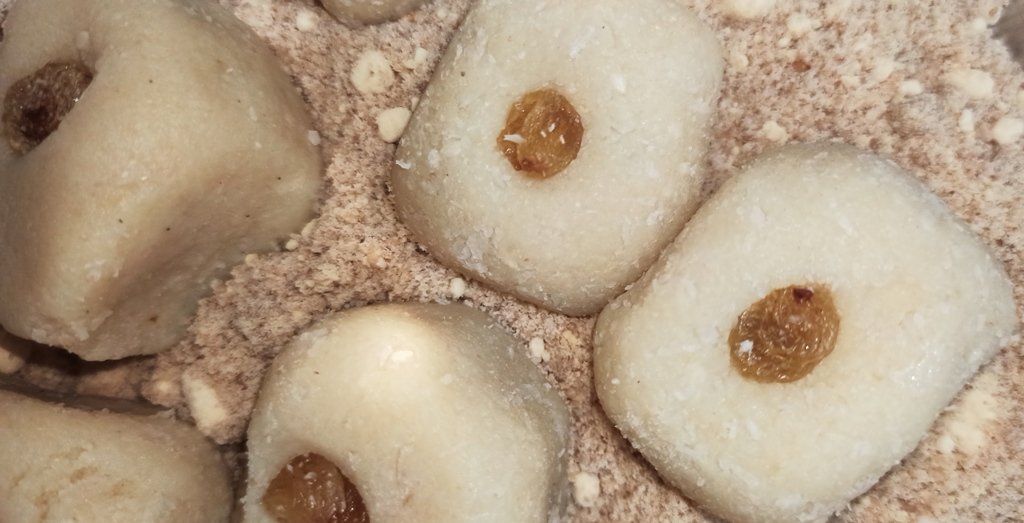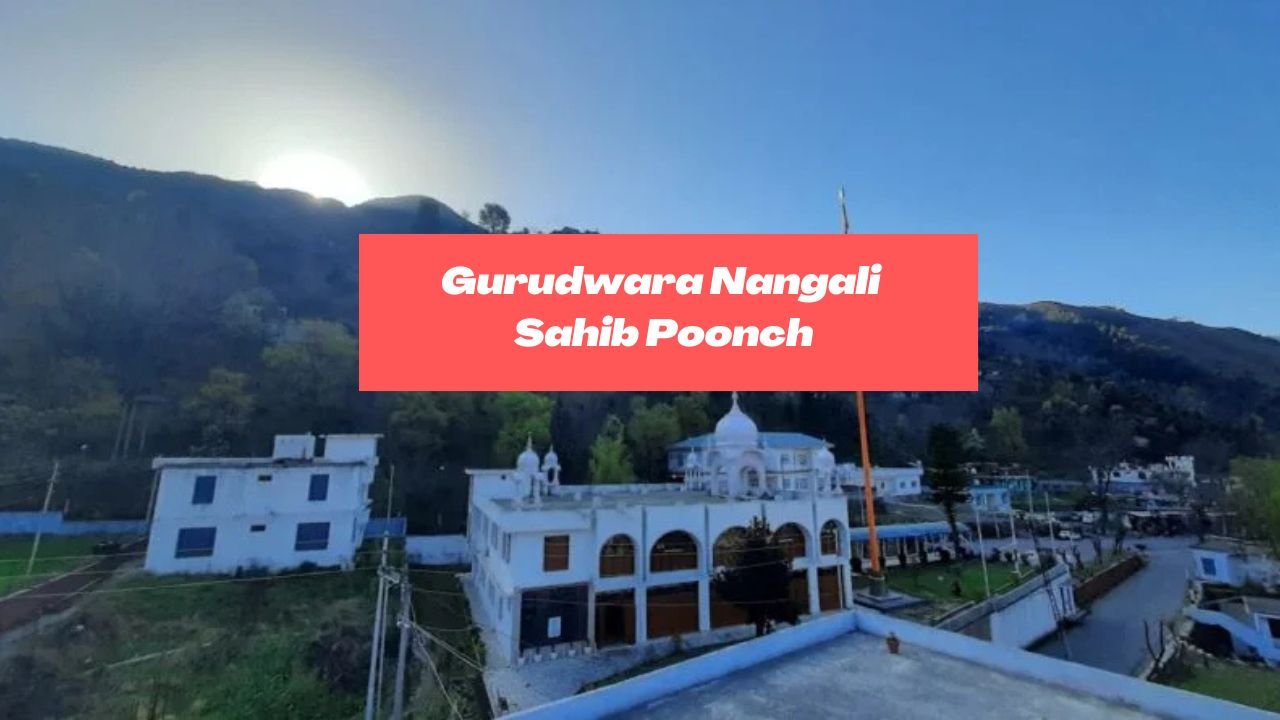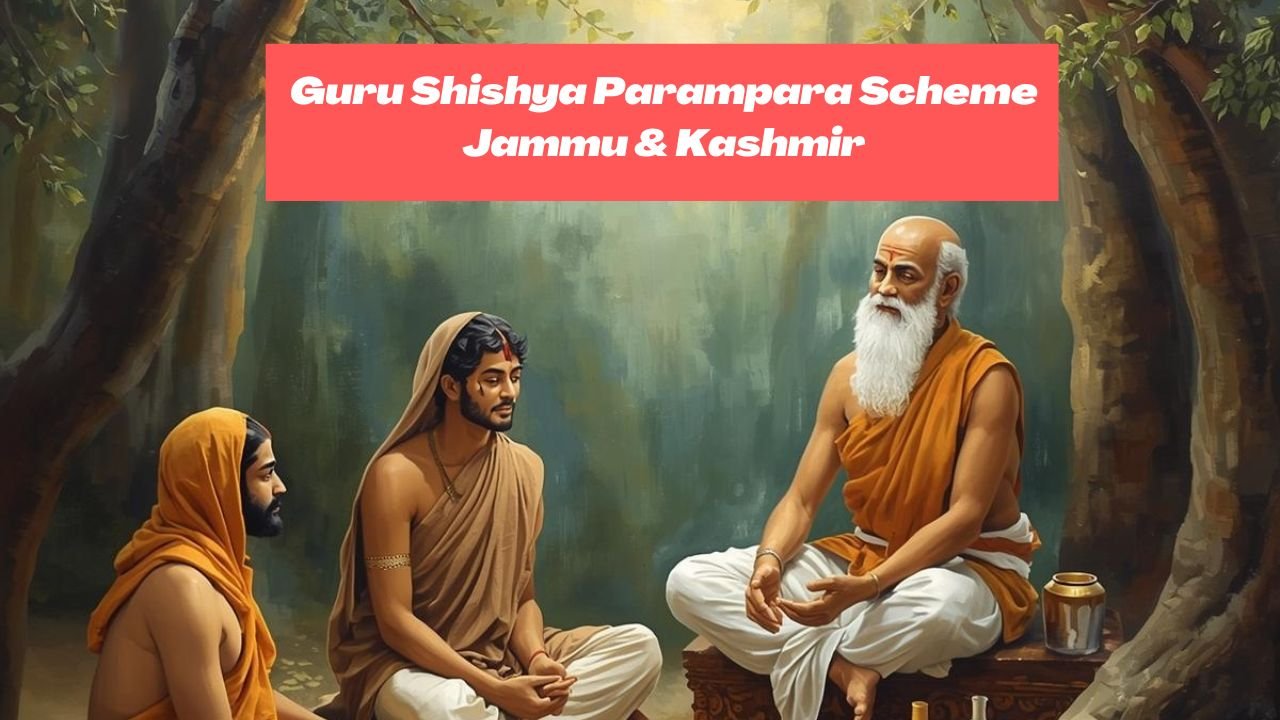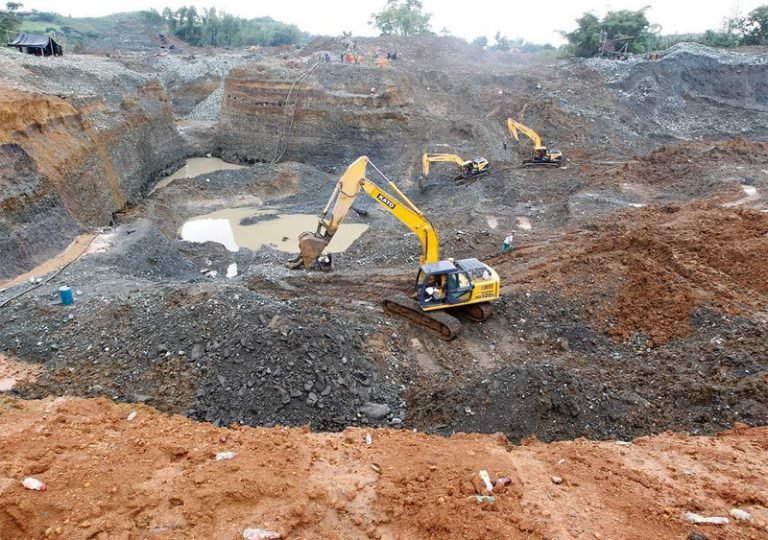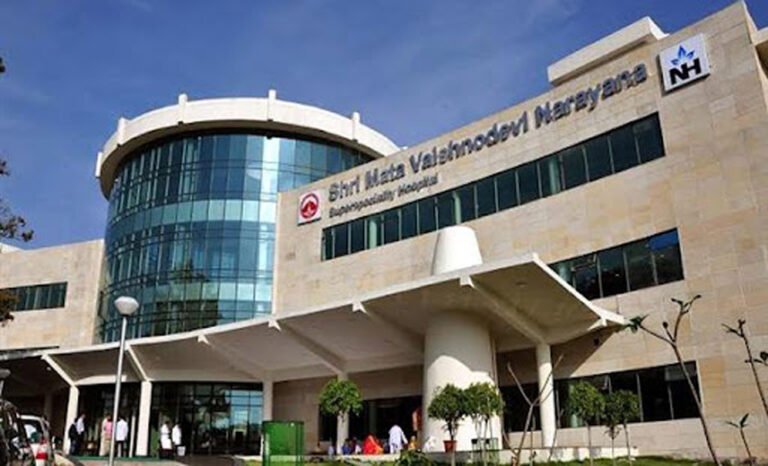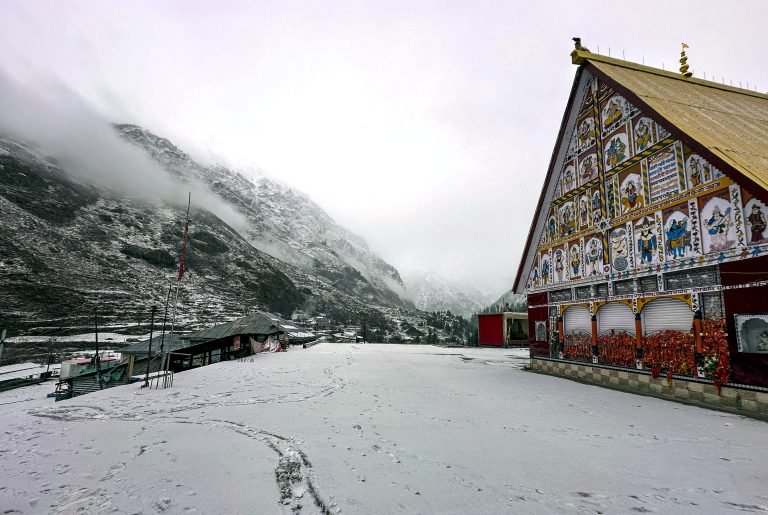Dogras are known for their rich culture and heritage. Among the various aspects of Dogra culture is the celebration at the time of marriage and other occasions such as birth of a child. Dogras also observe various rituals for their deceased relatives such as half yeary, yearly and 4th death anniversary of their relatives who left for their heavenly abode.
They organise feasts on these occasions. One thing that used to be trademark of our festivals was doona and pattal.
At such festivals, food was served on leaf plates and bowls called ‘Doona-Pattal’ which are made from tree leaves. These disposable vessels were plastic free and eco friendly.
They have been in use in the northern India since times immemorial. But with the passage of time, fast life and flow of money, these plates are no longer used except in few rural areas.
There were times when on arrival at the bride’s home, the Baratis were served sweets in Doonas at the house called ‘Lua wala ghar’. Doona was also used by vendors to serve golgappas, samosas, pakoras and kachalu to customers.
It used to be a practice to source camelfoot leaves from the forest and dry them a little for keeping them in the sun for two three days. Leaves of sal, banyan and areca could also be used to make doona-pattals.
The leaves were then arranged according to their shape and size and then bound by using tiny wooden or grass sticks.
This job, being easy and involving less energy, would be done by all including the old and the sick of the family.
As time passed by, disposable paper/plastic/thermocol cups, plates and glasses came into the market and they are now extensively used in big and small parties, picnics, get-togethers etc.
All this has pushed the eco-friendly doona-pattal into oblivion. Some startups have begun industrial manufacture of similar products but the taste of eating in local doona-pattal can’t be replaced.



